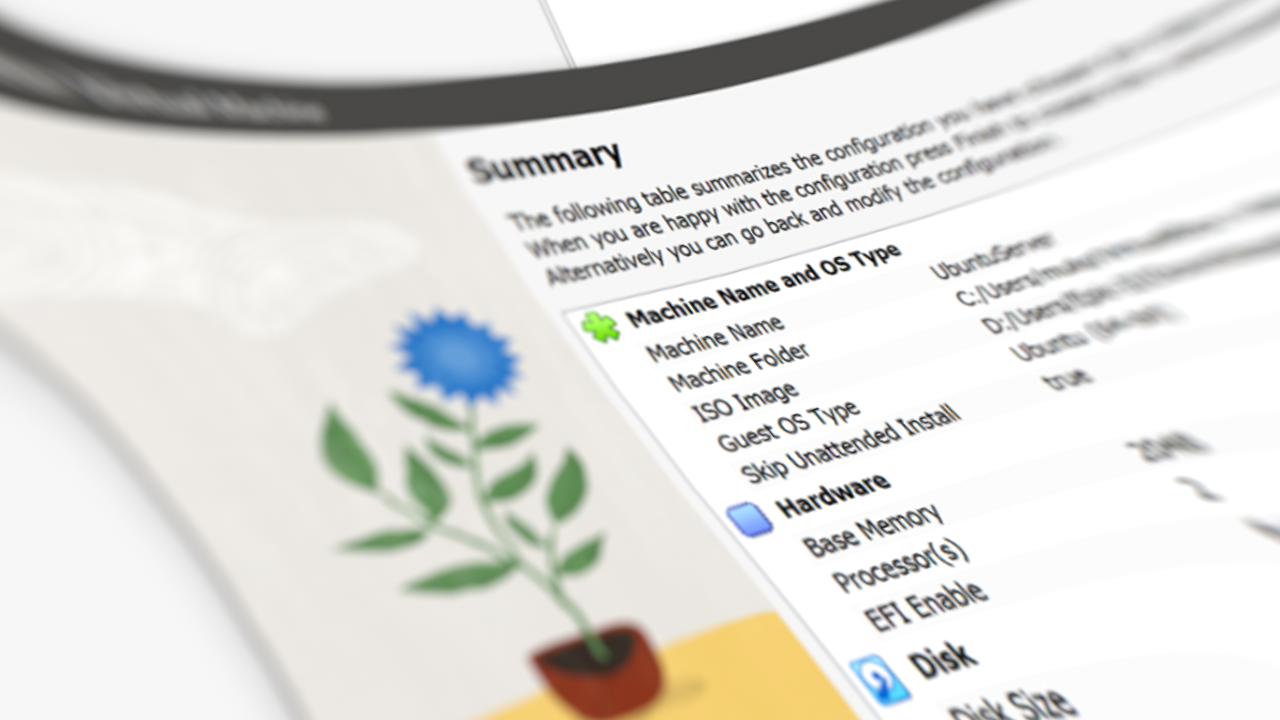Why I Use a Virtual Machine Instead of WAMP or LAMP

If you’ve ever tried setting up a local development environment on your main machine using WAMP, LAMP, or something similar, you’ve probably run into a few headaches—conflicting ports, clashing services, or weird behavior that only seems to exist on your machine and nowhere else.
I’ve been there. And that’s why I’ve long since moved over to using a virtual machine (VM) for local development.
Here’s a breakdown of why it works better for me:
1. It’s Completely Isolated
A VM runs a separate operating system in a self-contained sandbox. This means your dev environment doesn’t interfere with your host system—no accidental clashes with other apps, services, or ports. It keeps things clean and conflict-free.
2. It Mirrors Production More Accurately
Most production servers run on Linux. If you’re on Windows or macOS, your WAMP/LAMP stack might not behave the same way as your live environment. A VM running Ubuntu or Debian gives you an almost identical match to what your project will face once deployed.
3. You Learn Real-World Skills (SSH, CLI, and More)
One of the biggest differences is how you interact with your VM: usually through SSH (Secure Shell). Tools like PuTTY (on Windows) or the terminal (on macOS/Linux) let you log in and control your virtual machine through the command line.
At first, it can feel intimidating, but learning to use SSH is a major win. That’s how real servers, cloud platforms (like AWS, DigitalOcean, or Linode), and remote environments operate. Getting comfortable with this workflow prepares you for deploying to actual production environments. It’s not just a dev setup—it’s a career skill.
4. Snapshots Save Your Sanity
Before you install something risky or test a new config, take a snapshot. If things go sideways, you can restore your system in seconds. It’s a safety net that local stacks like WAMP/LAMP simply don’t offer.
5. Easy to Rebuild, Clone, or Migrate
Once your VM is configured the way you like, you can reuse it, clone it, or share it across machines. Your entire environment becomes portable and consistent across projects or collaborators.
6. No More Port Conflicts or Version Juggling
Need multiple versions of PHP, MySQL, or Apache? In a VM, you can manage them independently, without affecting your host system. No more mysterious breakages after a system update or software install.
But WAMP/LAMP Isn’t All Bad…
If you’re just starting out, working on a small site, or need something quick and light, WAMP or LAMP stacks can be a good way to learn the basics. But as your projects grow and you begin working more professionally, you’ll want a setup that reflects how real-world servers actually work.
I generally don’t have many projects running at once, but I do appreciate the flexibility and control a virtual machine offers over tools like WAMP or LAMP—things like isolated environments, easier version management, fewer port conflicts, and the ability to closely mimic a live Linux server setup. After all, I do run my actual live websites on AWS, so working in a similar environment locally just makes sense.
Final Word
Using a virtual machine for local development gives me control, consistency, and valuable experience in real-world workflows. It takes a little more effort upfront, but in return, you gain not just stability—but skills you’ll actually use when it’s time to deploy to live servers.
If you’re still on the fence or not sure how to set one up, I walk through my latest VM setup in this post. It all started when I lost my old web server (RIP) and had to rebuild everything from scratch.
[addtoany]
Recent
-
1
-
2
-
3
-
4
-
5
-
6
-
7
-
8
-
9
-
10

